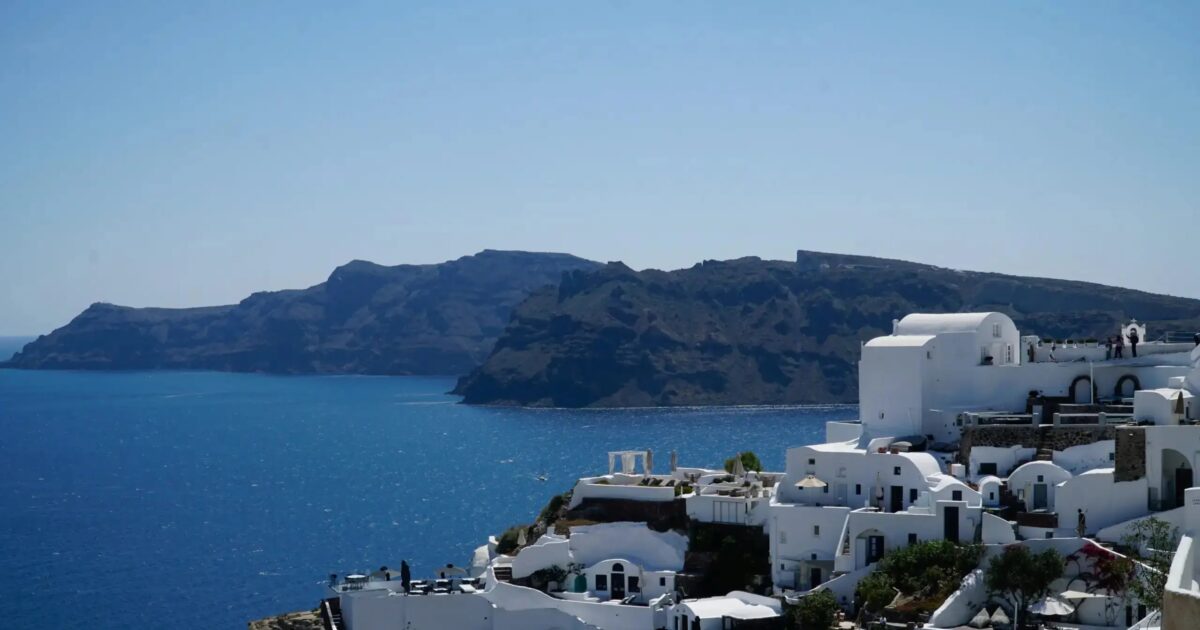To Cycladesaccording to the recent survey of Geoaxis, the largest summer residences They are mainly located in three islands, Mykonos, Paros and Kea, where the interstitial surface reaches 240 sqm, confirming the luxurious character of the local real estate market. Following is Santorini with 170 sq.m. And Serifos with 120 sqm, reflecting smaller but equally sought after units.
At the same time, the differences recorded in the date of construction of available real estate are significant. In Mykonos, Paros and Kea, houses are relatively younger, with a median age of just seven years, which is linked to recent waves of investment and tourism development. In contrast, in the rest of the islands – and especially in Santorini and Serifos – the real estate available are older, with the median age exceeding fifteen, even the twenty years.
In this context, the gap between luxurious and typical summer houses is expanded in a spectacular way, especially to the most popular and internationalized destinations. In Mykonos, a luxurious holiday home can cost up to 5.6 times more than a typical, with high-end real estate prices reaching 25,000 euros per square. Correspondingly, in Santorini the ratio reaches 5.8 times, with the top prices being € 20,000 per square.
In Paros, the difference reaches 4.2 times, while in Kea and Serifos there is milder – at 2.9 and 2.4 times respectively – although luxury housing prices can reach up to 16,000 euros per square. These are levels of prices representing the highest values of the last decade, with Mykonos marking the largest increase, which reaches 32% in a decade.
On an annual basis, the upward trend continues, with the highest increases being recorded in Kea (6.3%), Serifos (5.8%), Mykonos (5.7%), Santorini (5.5%) and Paros (4.5%). Despite the overall flowering of the summer housing market, access to medium quality houses for permanent use has now been drastically reduced. Especially in islands such as Mykonos and Santorini, demand from abroad is dominated, while Greek buyers face increased obstacles, such as lack of bank funding, high taxation and continuous shrinkage of available income.
Thus, the gap between the luxurious and typical summer houses is expanded, not only in terms of prices but also in the specifications, size and age of the real estate, shaping a two -speed market, where the most modern, large and expensive houses concentrate on a few islands and are targeted.
This year’s tourist season gives very little room for optimism, as beyond the problems of infrastructure and accuracy, issues of geopolitical nature are added. However, over -tourism, increasing the cost of materials, wages and energy, the inability to find workshops, the marginal infrastructure, the climate change and the excessive cost of products and services did not appear to have been (yet) as inhibitory factors for increasing values, in a market. In conclusion, the increase in values is expected to continue, but probably at a lower rate, unless there is a particularly negative geopolitical event in the next 12 months
